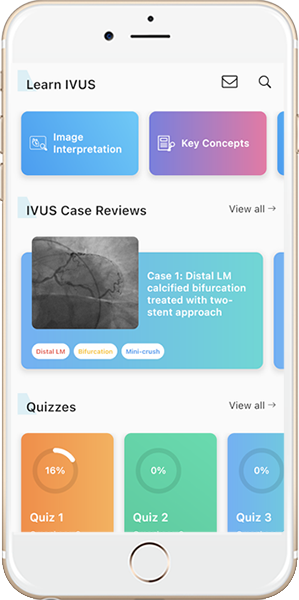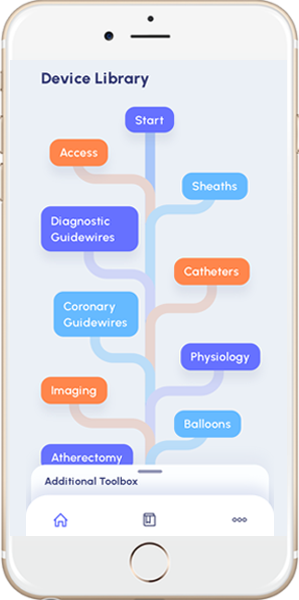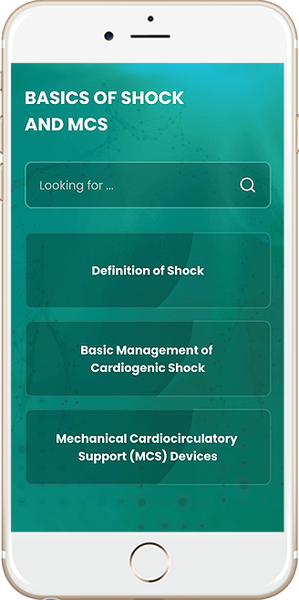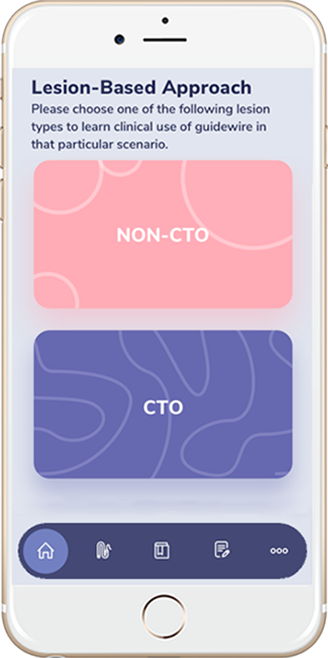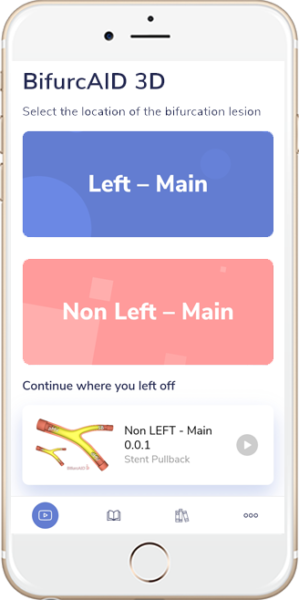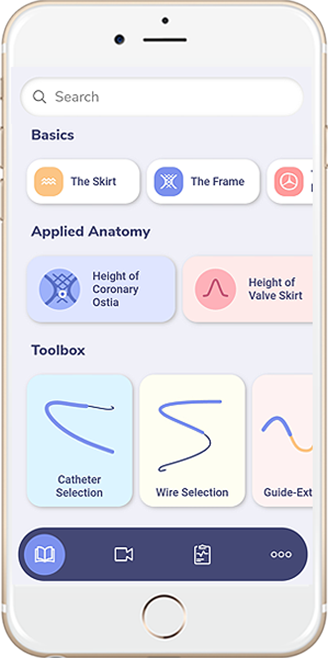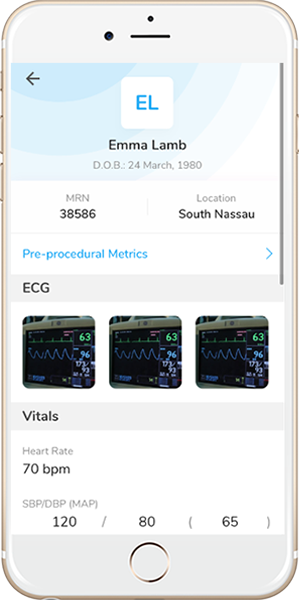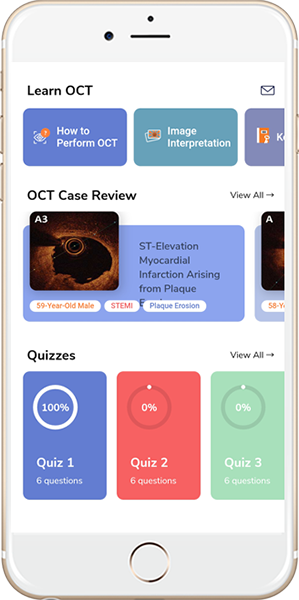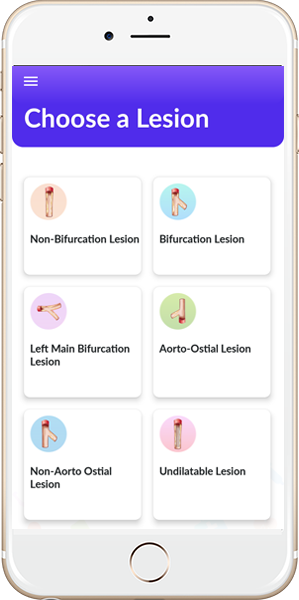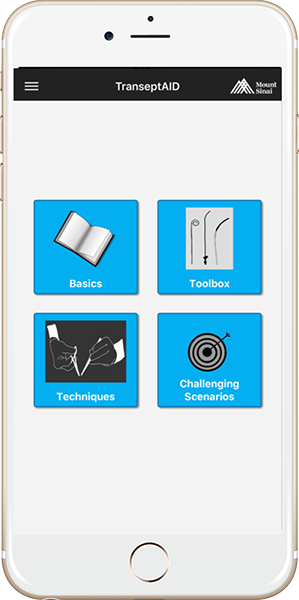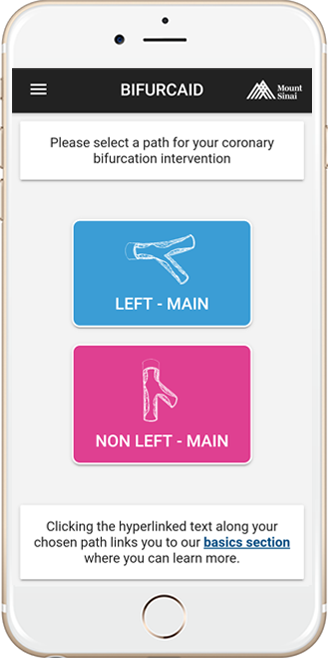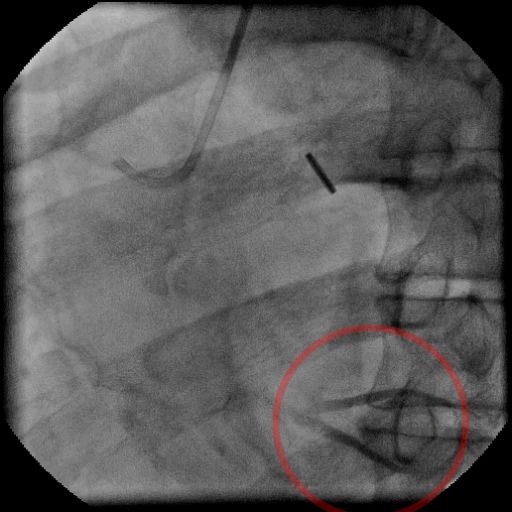
Air Embolism – Case 1
55-year-old male who presented to the hospital with dyspnea and exertional intolerance.
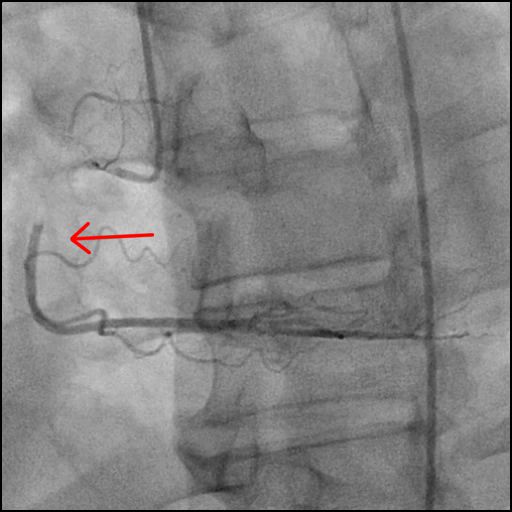
Air Embolism – Case 2
59-year-old male who presented with chest pain (CCS Class III).
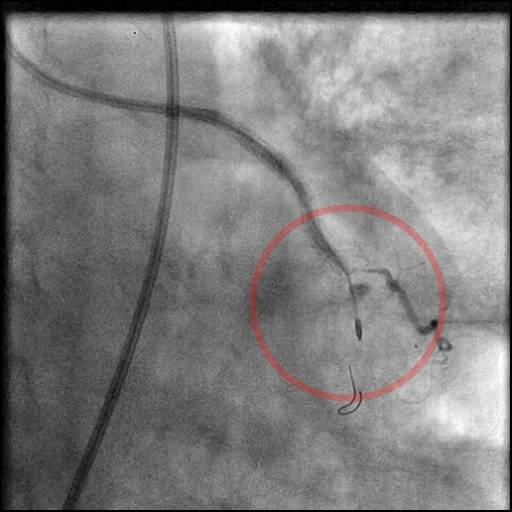
Burr Entrapment – Case 1
72-year-old male who presented to the hospital with chest pain (CCS Class III) and was referred for staged PCI of the LM bifurcation.
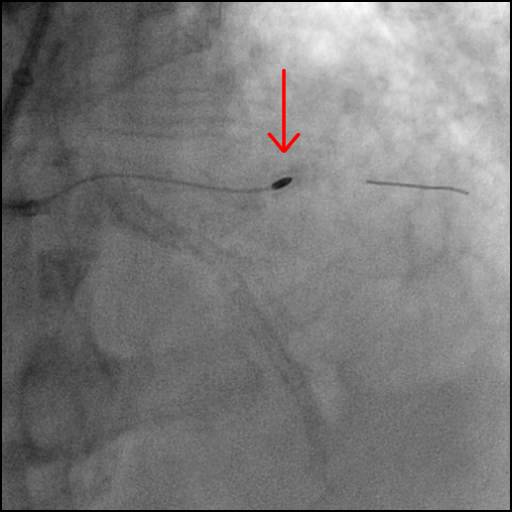
Burr Entrapment – Case 2
87-year-old male who presented with chest pain (CCS Class II).
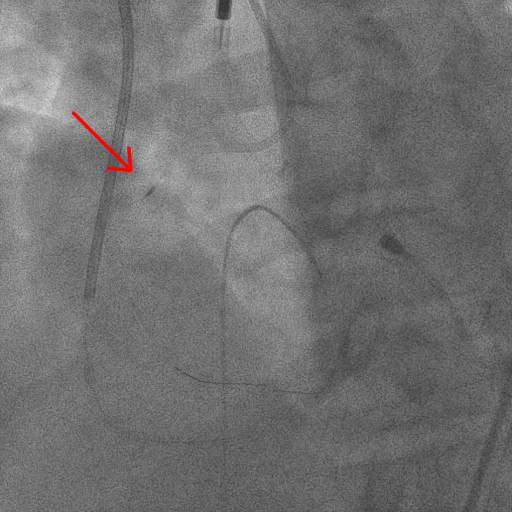
Burr Entrapment – Case 3
63-year-old male who presented with a NSTEMI.
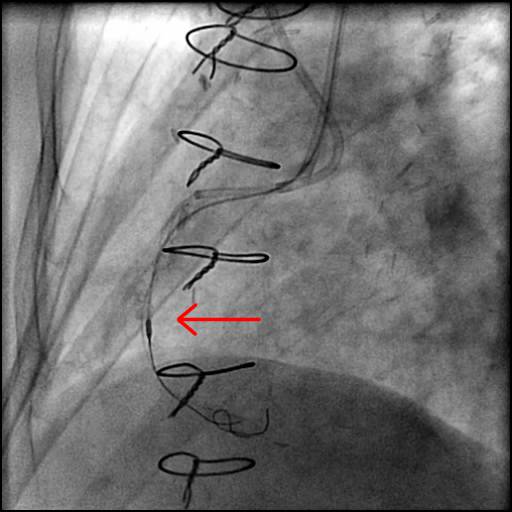
Burr Entrapment – Case 4
72-year-old female who presented with chest pain (CCS Class III).
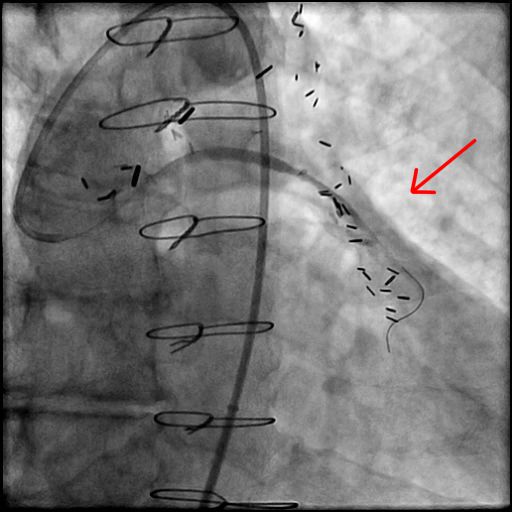
Bypass Graft – Case 1
73-year-old male who presented with chest pain (CCS Class IV).
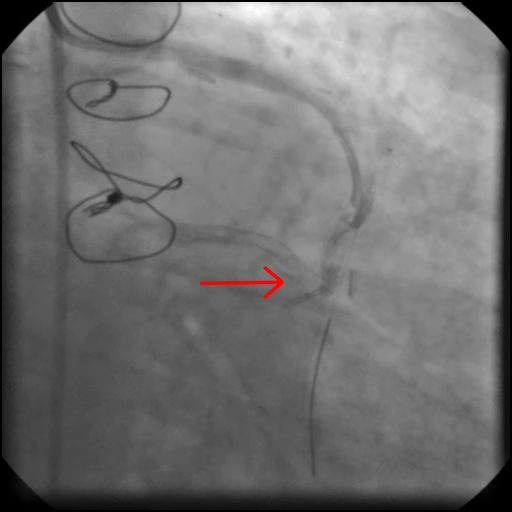
Bypass Graft – Case 2
75-year-old female who presented with chest pain (CCS Class IV).
Dissection Type A – Case 1
56-year-old female who presented with chest pain (CCS Class IV) associated with dyspnea. Referred for staged PCI of OM1 and RI.
Dissection Type B – Case 1
83-year-old female who presented with chest pain (CCS Class III) associated with dyspnea.
Dissection Type B – Case 2
36-year-old female who presented with a NSTEMI.
Dissection Type C – Case 1
76-year-old female who presented with dyspnea.
Dissection Type C – Case 2
82-year-old female who presented with chest pain (CCS Class III).
Dissection Type C – Case 3
77-year-old female who presented with chest pain and found to have a NSTEMI.
Dissection Type D – Case 1
50-year-old male who presented with chest pain (CCS Class III).
Dissection Type D – Case 2
76-year-old male who presented with chest pain (CCS Class III), referred for staged PCI of LAD CTO.
Dissection Type D – Case 3
56-year-old male who presented with chest pain and found to have a NSTEMI.
Dissection Type E – Case 1
75-year-old male who presented with chest pain (CCS Class III).
Dissection Type E – Case 2
50-year-old male who presented with chest pain (CCS Class III).
Dissection Type F – Case 1
86-year-old female who presented with chest pain to an outside hospital and underwent cardiac catheterization showing severe 3-Vessel CAD with LM involvement.
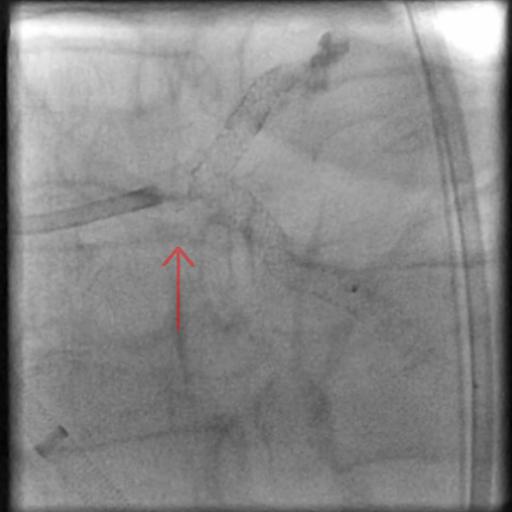
Longitudinal Stent Deformation – Case 1
68-year-old male who presented with chest pain (CCS Class III).
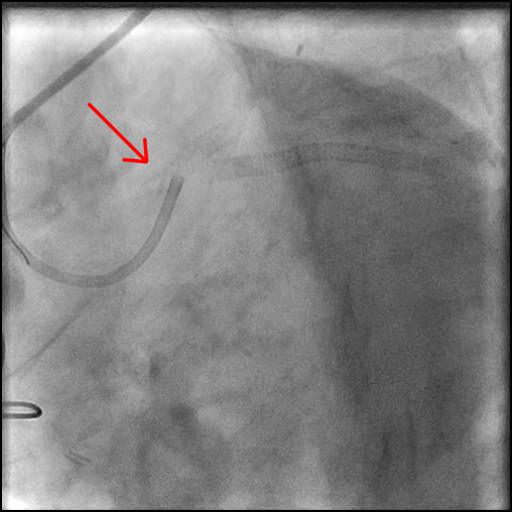
Non-longitudinal Stent Deformation – Case 1
52-year-old female who presented with chest pain (CCS Class IV).
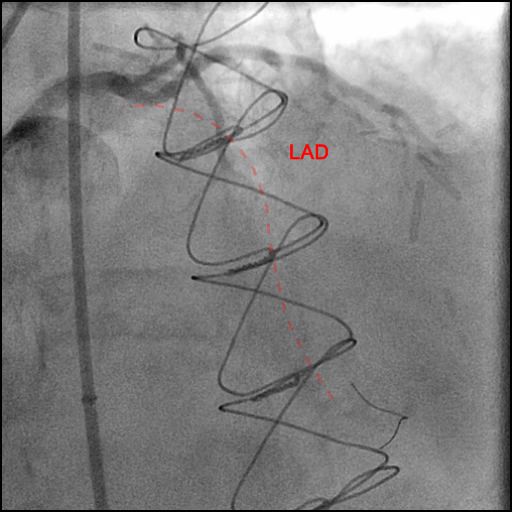
No Reflow – Case 1
77-year-old male who presented with chest pain (CCS Class III) and was referred for IVBT.
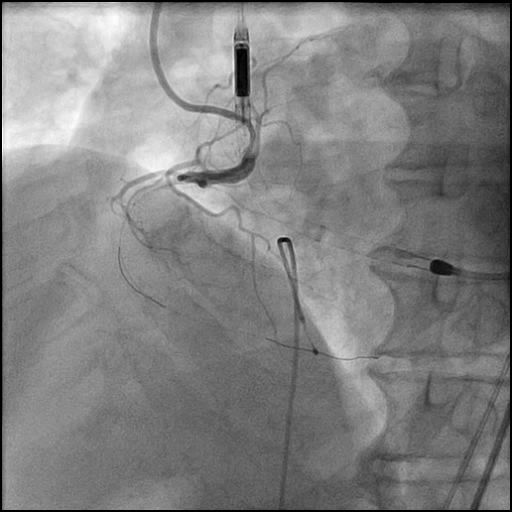
No Reflow – Case 2
65-year-old male who presented with chest pain (CCS Class II).
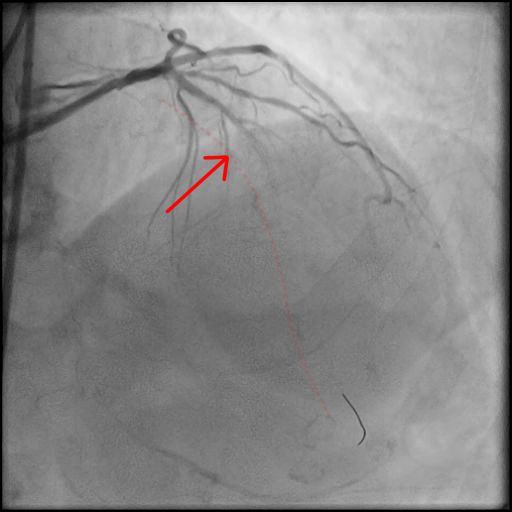
No Reflow – Case 3
90-year-old male who presented with chest pain (CCS Class III).
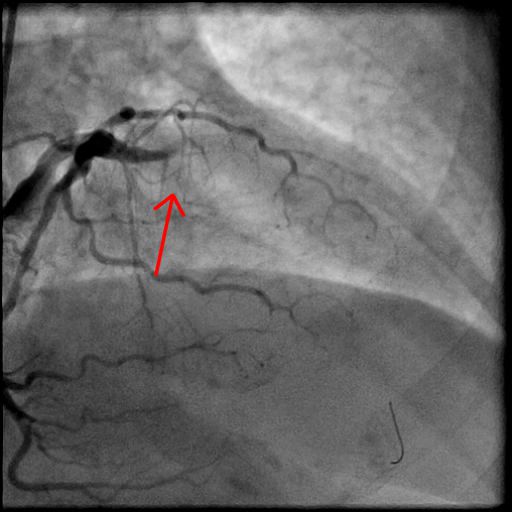
No Reflow – Case 4
70-year-old female who presented with chest pain (CCS Class III).

Perforation – Atherectomy – Case 1
54-year-old female who presented with chest pain (CCS Class III) and was referred for IVBT.
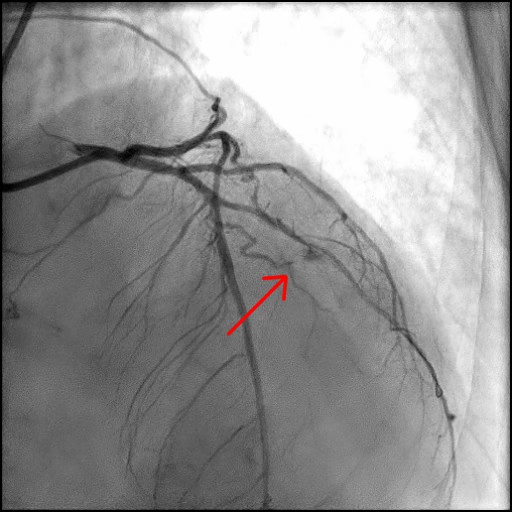
Perforation Type 2 Device – Case 1
82-year-old male who presented with chest pain (CCS Class III).
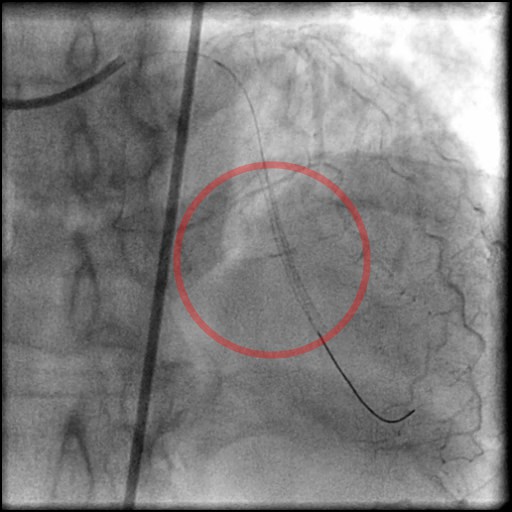
Perforation Type 2 Device – Case 2
65-year-old male who presented with chest pain (CCS Class II).
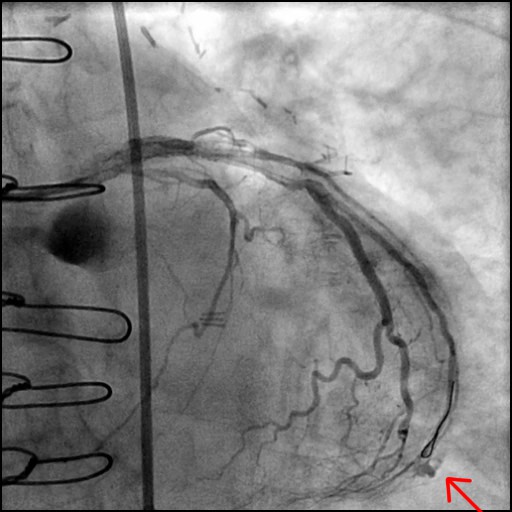
Perforation Type 2 Wire – Case 1
70-year-old male who presented with chest pain (CCS Class III).
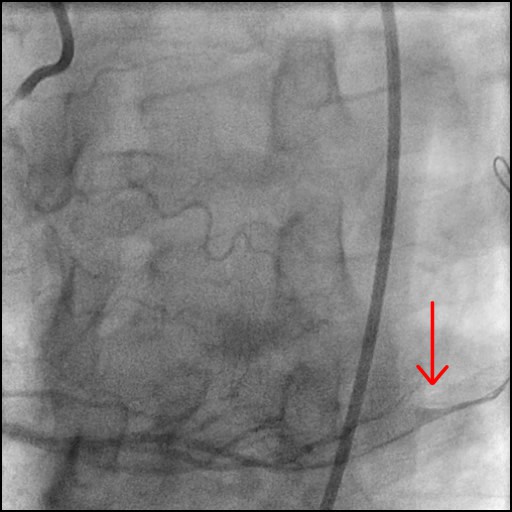
Perforation Type 2 Wire – Case 2
55-year-old male who presented with chest pain (CCS Class II). Referred for IVBT of the RCA.
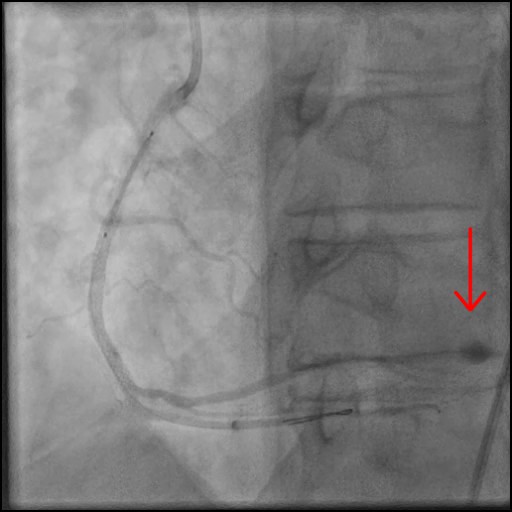
Perforation Type 2 Wire – Case 3
57-year-old male who presented with a NSTEMI.
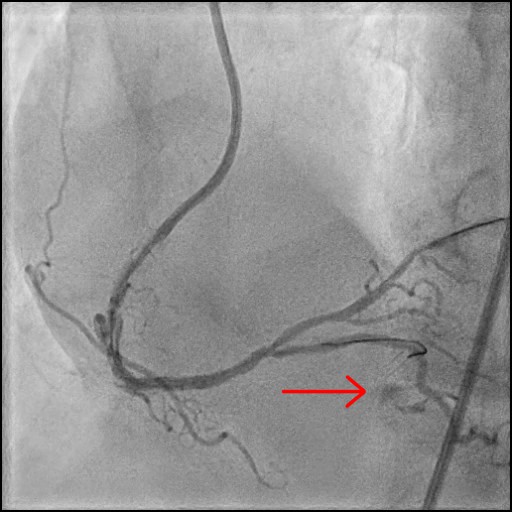
Perforation Type 2 Wire – Case 4
76-year-old female who presented with chest pain (CCS Class III).
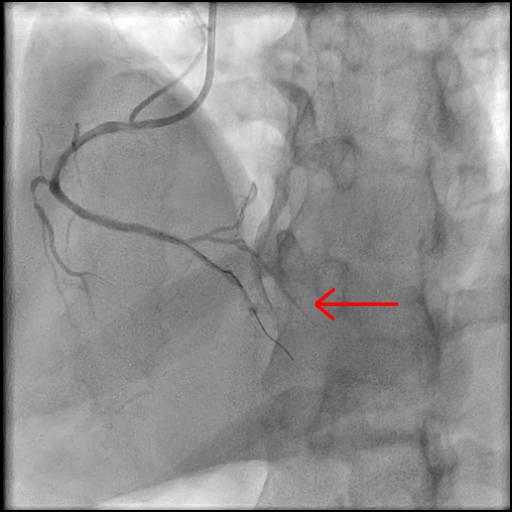
Perforation Type 3 CS Device – Case 1
48-year-old male who presented with chest pain (CCS Class IV).
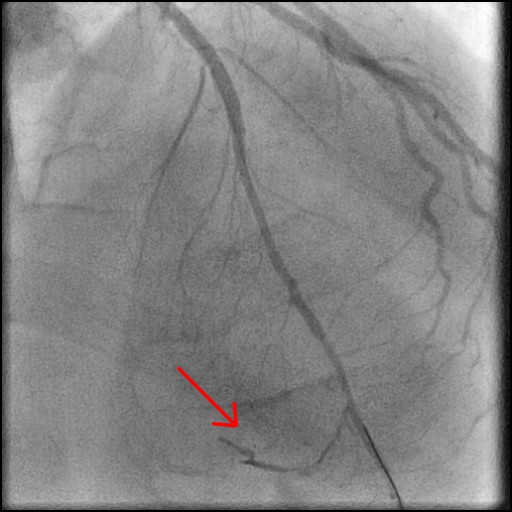
Perforation Type 3 CS Wire – Case 1
63-year-old male who presented with chest pain (CCS Class III).
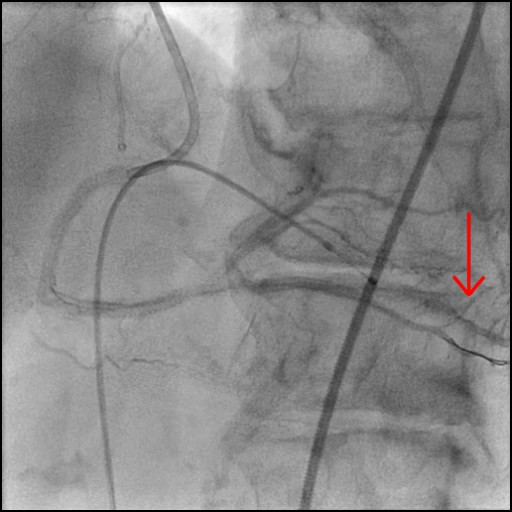
Perforation Type 3 CS Wire – Case 2
82-year-old female who presented with chest pain (CCS Class II) and was referred for staged PCI of the RCA.
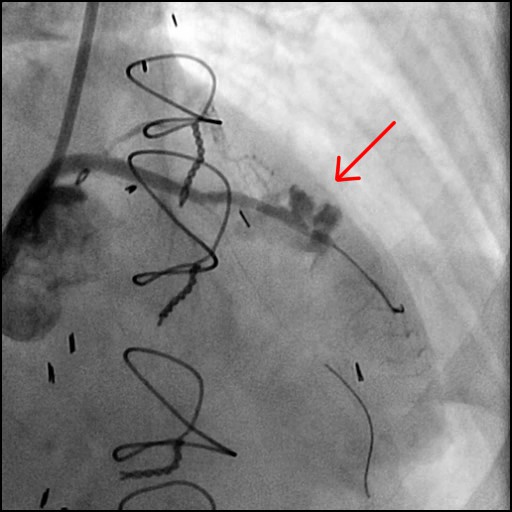
Perforation Type 3 Device – Case 1
67-year-old male who presented with chest pain (CCS Class III) and referred for PCI of the LAD-D1.
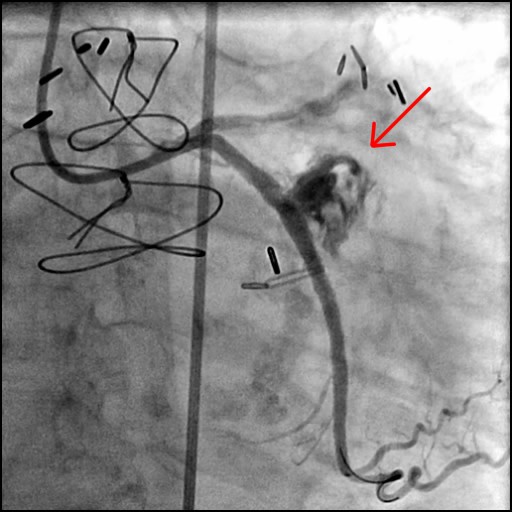
Perforation Type 3 Device – Case 2
83-year-old female who presented with a NSTEMI.

Perforation Type 3 Device – Case 3
81-year-old female who presented to an outside hospital with a NSTEMI and cardiogenic shock.
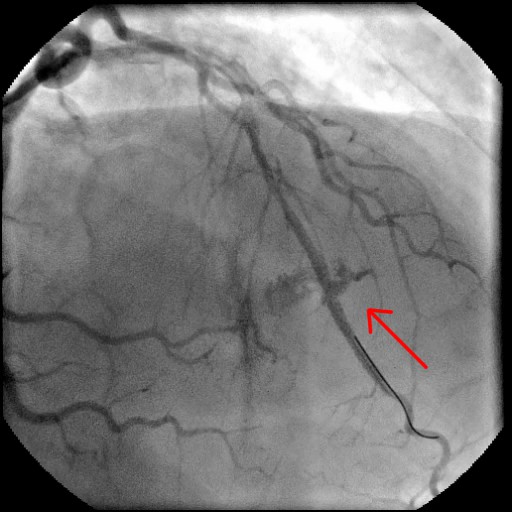
Perforation Type 3 Device – Case 4
54-year-old male who presented with chest pain (CCS Class III).
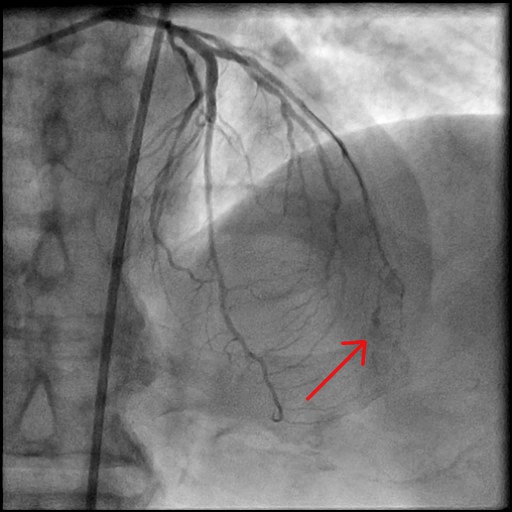
Perforation Type 3 Wire – Case 1
81-year-old male who presented with chest pain (CCS Class III).
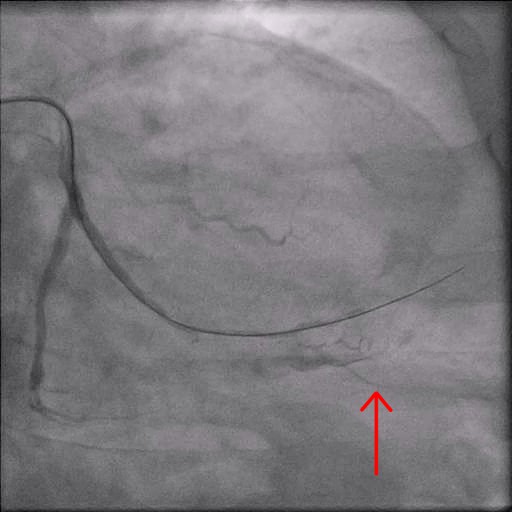
Perforation Type 3 Wire – Case 2
48-year-old male who presented with chest pain (CCS Class III) and was referred for staged PCI of LPL1 CTO.
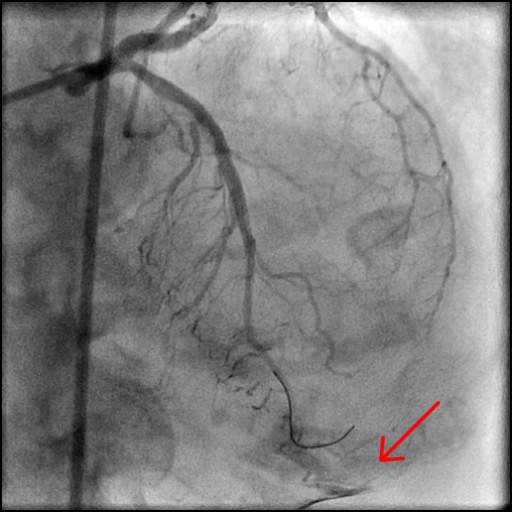
Perforation Type 3 Wire – Case 3
87-year-old female who presented with chest pain (CCS Class II) and was referred for staged PCI of the LAD.
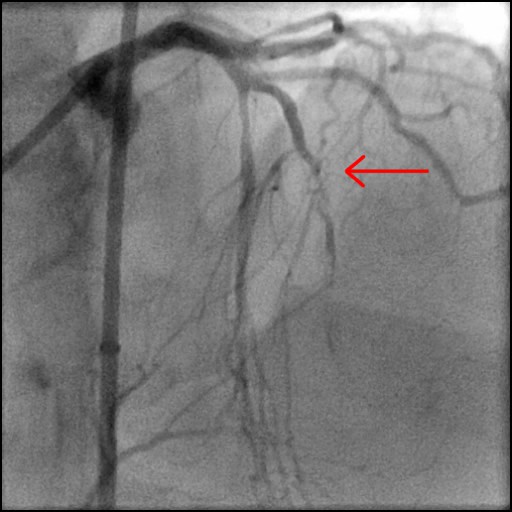
Perforation Type 3 Wire – Case 4
64-year-old male who presented with chest pain (CCS Class III).
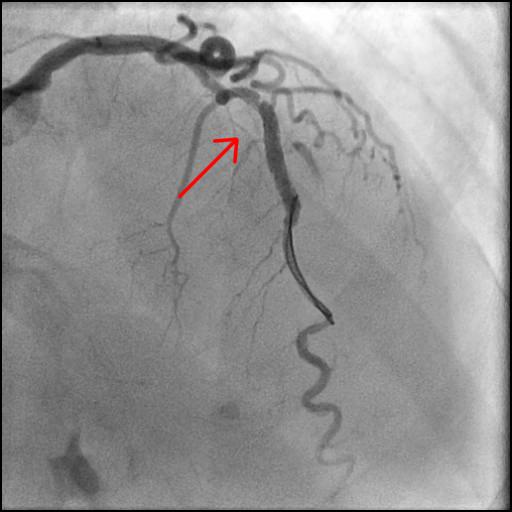
Pseudo-Stenosis/Accordion Effect – Case 1
63-year-old female who presented with chest pain (CCS Class II).
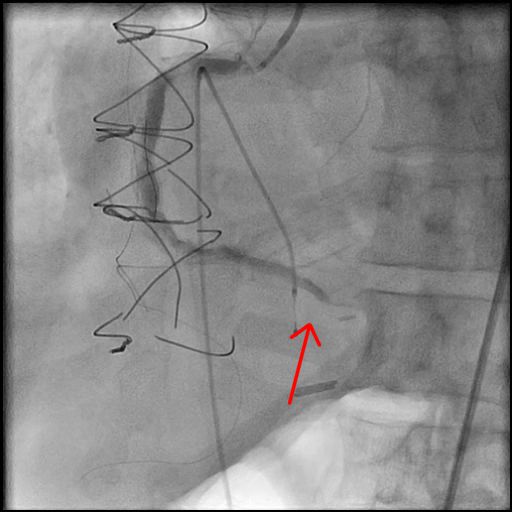
Slow Flow – Case 1
86-year-old male who presented with chest pain (CCS Class III).
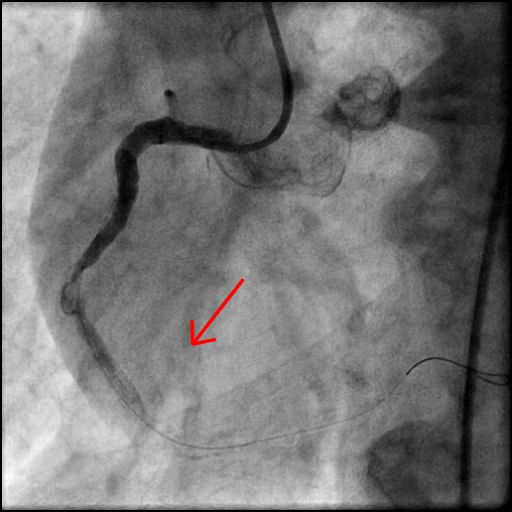
Slow Flow – Case 2
76-year-old female who presented with chest pain (CCS Class III) and was referred for staged PCI of the RCA.
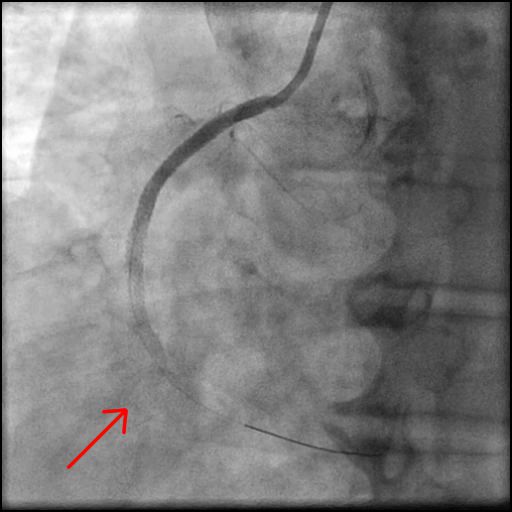
Slow Flow – Case 3
60-year-old male who presented with chest pain (CCS Class III) and was referred for staged PCI of RCA.
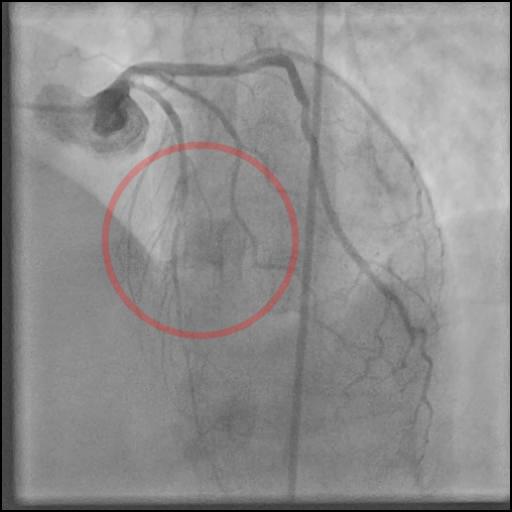
Vasospasm – Case 1
73-year-old male who presented with chest pain (CCS Class II).
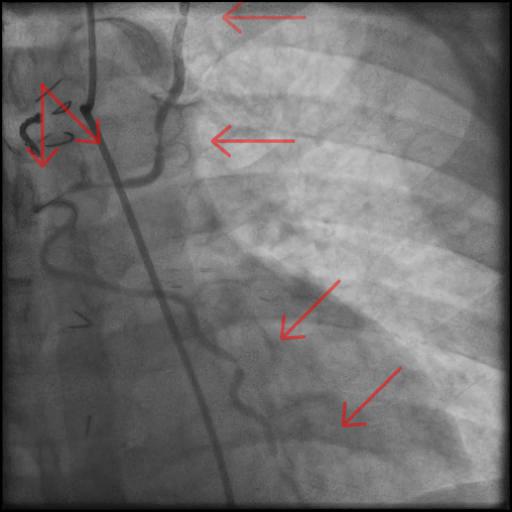
Vasospasm – Case 2
61-year-old female who presented with a NSTEMI.
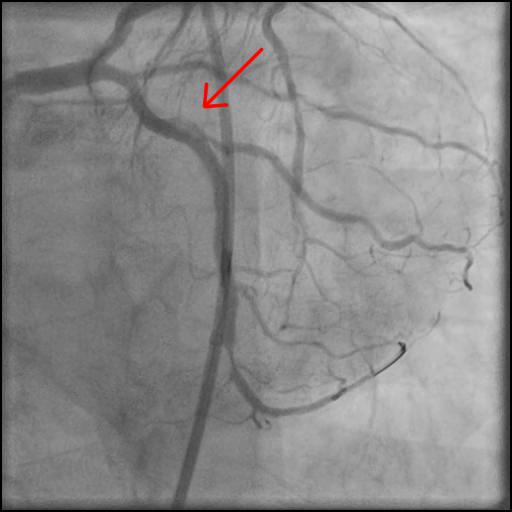
Wire Bias – Case 1
71-year-old male who presented with chest pain (CCS Class II) and was referred for staged PCI of the LCx-LPL1.
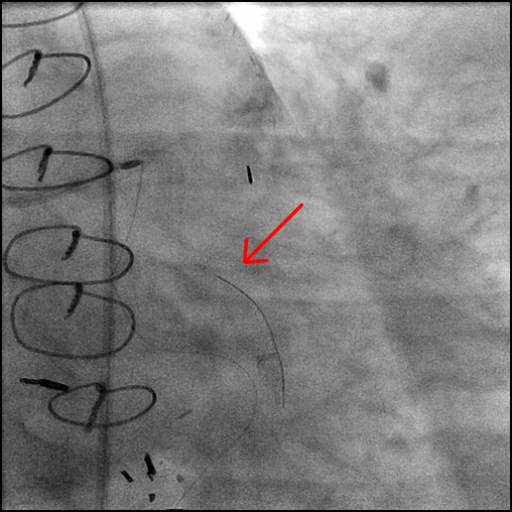
Wire Fracture – Atherectomy – Case 1
62-year-old male who presented to the hospital with chest pain (CCS Class III) and was referred for protected LM-LCx PCI.
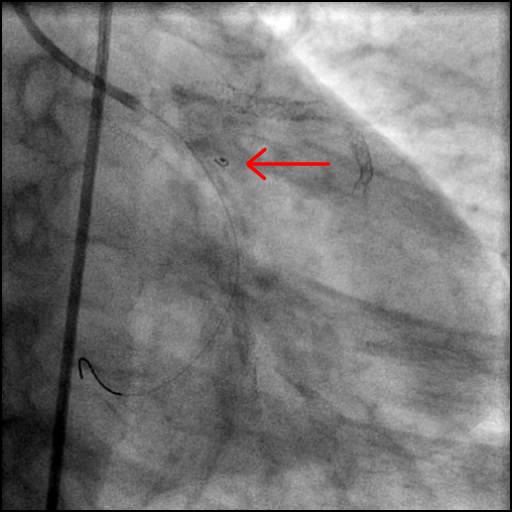
Wire Fracture – Miscellaneous – Case 1
63-year-old female who presented with chest pain (CCS Class III), and was referred for staged PCI of the proximal LCx and OM1.
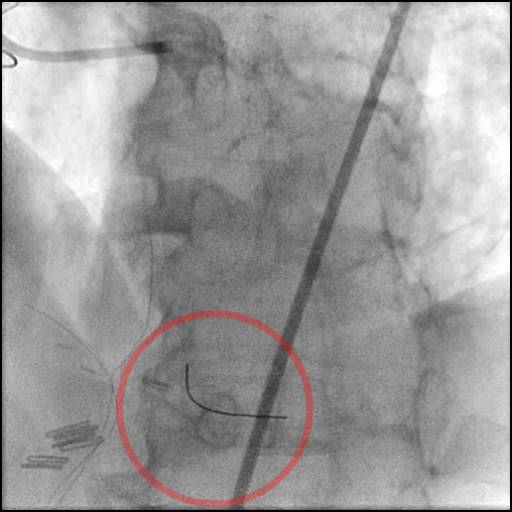
Wire Fracture – Miscellaneous – Case 2
77-year-old male who presented with chest pain (CCS Class 3).
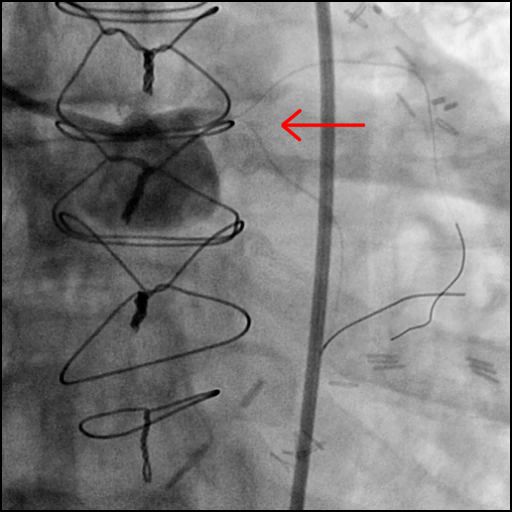
Acute Stent Thrombosis – Case 1
63-year-old male who presented with chest pain (CCS Class 3), and was referred for PCI of the LM trifurcation.

